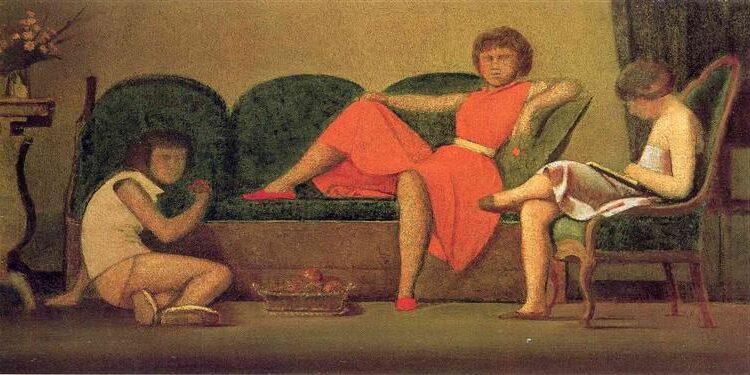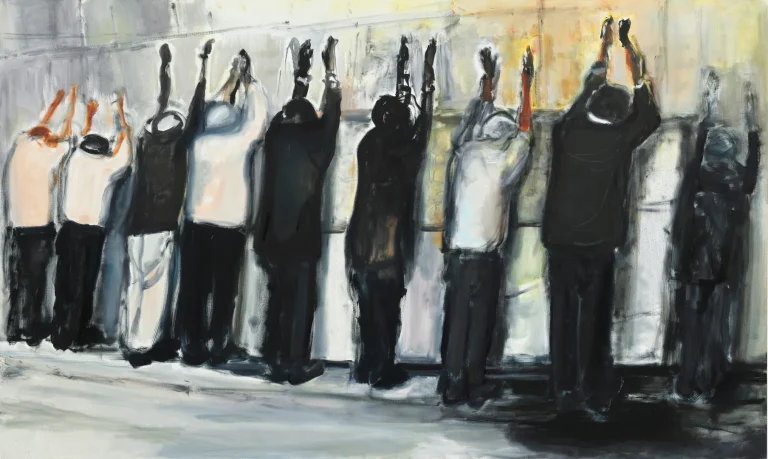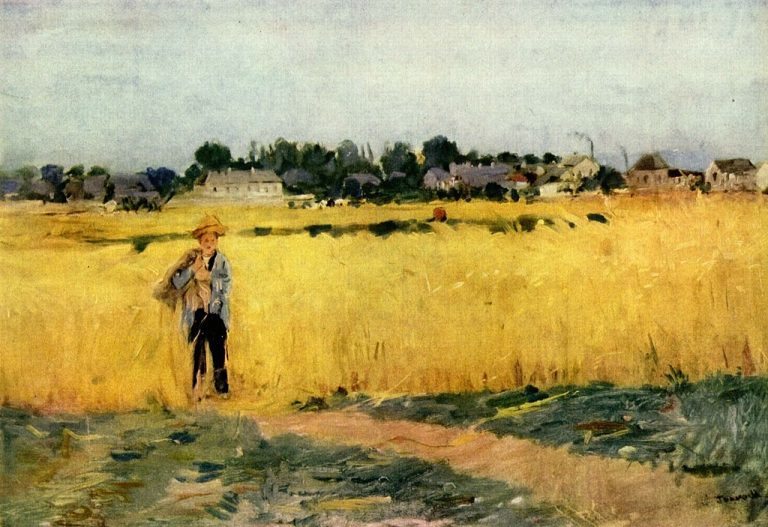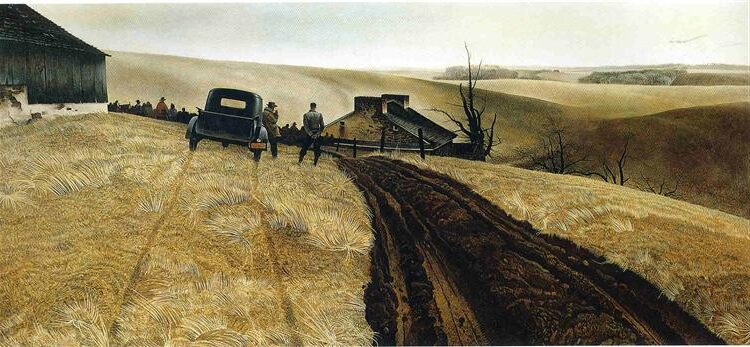Balthus Paintings: Exploring the Enigmatic Artistry
Born: February 29, 1908, Paris, France
Death: February 18, 2001, Rossinière, Switzerland
Art Movement: Surrealism
Nationality: French
Influenced By: Georges Bataille, André Breton, and Jean Cocteau
Balthus Paintings: Exploring the Enigmatic Artistry
Biographical Profile of Balthasar Klossowski
Balthasar Klossowski, also known as Balthus, was a Polish-French artist recognized for his distinct approach to painting. His life was marked by a rich tapestry of cultural and personal influences, from his Polish roots to connections with renowned artists and writers.
Early Life and Inspirations
Balthasar Klossowski was born in Paris on February 29, 1908. From a young age, he was immersed in an artistic environment. His family, well-connected in the art world, provided him with early exposure to the creative scene.
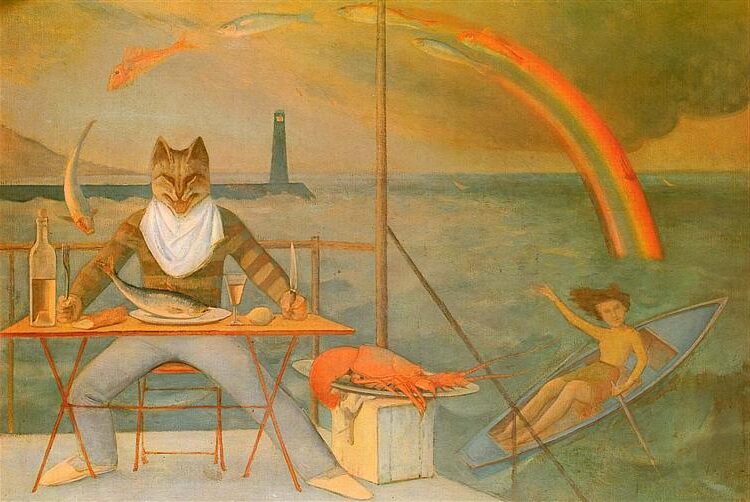
The Mediterranean Cat (1949) by Balthus
His early inspirations were rooted in classic art and literature, which shaped his artistic style. Famous writers such as André Gide and the poet Rainer Maria Rilke, who was a friend of the family, played a significant role in nurturing his creative spirit. Klossowski’s fascination with traditional painting techniques and storytelling through art developed during these formative years.
Family Background and Rola Coat of Arms
Balthus came from a family with a notable lineage. His father, Erich Klossowski, was an art historian, while his mother, Baladine Klossowska, was a recognized painter. This rich familial background paved the way for his future pursuits in art.
He was also connected to the Polish nobility through the Rola coat of arms, signifying a connection to a distinguished heritage. His Sephardic Jewish roots added another layer to his cultural identity. Balthus’s upbringing was international, which contributed to his unique perspective and artistic expressions.
Influences from Notable Figures
Throughout his life, Balthus interacted with prominent figures who left lasting impressions on his work. He was notably influenced by artist Jean Cocteau, who encouraged Klossowski in his early career.

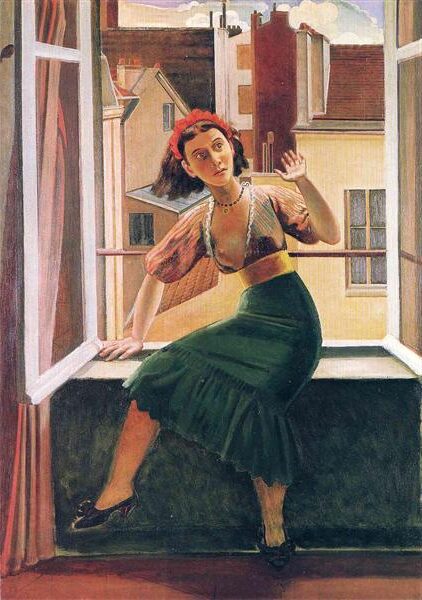
Additionally, his interactions with Georges Bataille and André Breton exposed him to surrealism’s philosophical underpinnings, though Balthus remained distinct and independent in his style. Albert Camus, a celebrated philosopher and writer, also connected with him, highlighting the intellectual circle that surrounded Balthus.
These associations enriched his work, allowing him to blend narrative elements with visually striking compositions.
Artistic Themes and Style
Balthus, known for his provocative and unique approach, often explored themes around the innocence and complexity of youth, mixing them with elements of dreamlike fantasy. His signature style featured classical techniques while delving into modern subjects.
Depiction of Pubescent Girls
Balthus frequently painted young girls on the brink of adolescence. These subjects often appear in reflective, sometimes unsettling poses, prompting viewers to consider the threshold between childhood and adulthood.
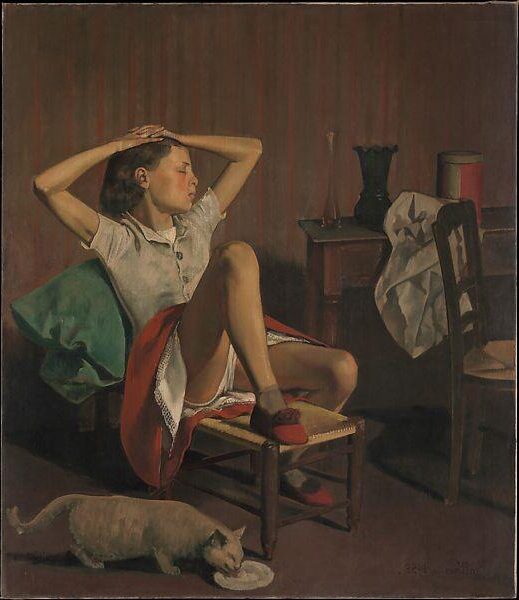
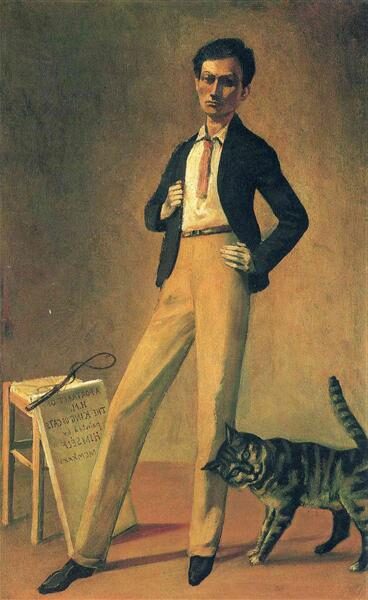
One of his well-known works, “Thérèse Dreaming,” captures a girl in a pose that is both innocent and suggestive. His ability to depict pubescent girls with a sense of vulnerability and strength is intriguing. These portrayals, although controversial, display a technical mastery and depth that provoke thought and dialogue about maturity and innocence.
He impressed audiences with his realistic yet stylized forms. His skill in using light and shadow enhances the viewer’s attention, emphasizing the subtleties of his subjects’ expressions and the narrative they communicate.
Eroticism and Sexuality in Art
Exploring themes of eroticism, Balthus’s paintings often evoke reactions ranging from admiration to unease. This is evident in works like “The Guitar Lesson,” which presents a blend of artistic beauty and discomfort.
His paintings convey a complex view of sexuality, reflecting the tension between societal norms and personal expression. Balthus wasn’t shy about confronting taboos, and he used this approach to challenge viewers’ perceptions of art and propriety.
His art invites introspection, questioning how we perceive and interpret boundaries in erotic art. By balancing sensuality with restraint, he turns his canvases into spaces ripe for conversation and analysis.
Use of Dreamlike Imagery
The dreamlike quality of Balthus’s work is one of its most captivating aspects. The scenes often feel suspended between reality and a world just beyond reach.


Many of his paintings, such as those depicting young girls lost in thought, evoke a sense of an alternate, surreal existence. This effect is achieved through careful composition and the use of muted, delicate colors that suggest both clarity and mystery.
By employing a dreamlike style, Balthus places his subjects in narratives that stir imagination. The viewer is compelled to ponder the stories behind the scenes, as his technique blurs lines between the conscious and subconscious, making the impossible seem real.
Notable Works and Exhibitions
Balthus is renowned for his unique style and thought-provoking themes. His paintings and exhibitions have played a significant role in the art world, influencing both admirers and critics.
Key Paintings and Their Significance
The Street (1933) is one of Balthus’s first large paintings. It stirred controversy with its depiction of everyday scenes in a surreal manner. Thérèse Dreaming (1938) is another well-known piece that captures a young girl’s introspection, sparking dialogue about innocence and interpretation.

The Street (1933) by Balthus
The Guitar Lesson is famous, yet controversial, due to its bold imagery. Mitsou, a collection of 40 drawings from his childhood, illustrate a cat’s adventures and reveal his early artistic talent. Each painting showcases Balthus’s mastery in blending realism with elements of mystery.
Retrospectives and Prominent Displays
Balthus’s work has been celebrated in numerous prestigious exhibitions. The Museum of Modern Art in NYC featured his first major exhibition in 1956. The Tate Gallery in London followed suit in 1968. A significant retrospective took place at the Metropolitan Museum of Art in 1984, alongside Musée cantonal des beaux-arts de Lausanne in 1993.
In 2014, his wife, Ideta Setsuko, oversaw an exhibition at the Tokyo Metropolitan Art Museum. These displays reflect Balthus’s enduring impact on the art community and continued interest in his work.
Associations and Personal Connections

The Yonne Valley (1957) by Balthus
Balthus’s relationships with other artists and his personal life played a significant role in shaping his artistic journey. His collaborations and friendships enriched his work, while his private life provided a source of inspiration and intrigue.
Collaboration with Contemporary Artists
Balthus had a dynamic interaction with several notable figures in the art world. He was mentored by Pierre Bonnard and counted Pablo Picasso and Alberto Giacometti among his friends. These connections were instrumental in his career and influenced his artistic style.
He shared ideas with Giacometti, who was known for his sculptural work, adding depth to Balthus’s approach to the human form. His interactions with Picasso provided him with insights into different art movements, helping him to define his unique style that stood apart from the mainstream.
Frequent travels between places like Rome and Switzerland also brought him in contact with a variety of artists and thinkers, including film director Federico Fellini. Such associations underscored his status as a central figure in the artistic circles of his time.
Private Life and Marriages
Balthus’s private life was as complex as his painting style. He was first married to Antoinette de Watteville, and their life together was marked by both collaboration and tension. Her influence was seen in several of his early works.
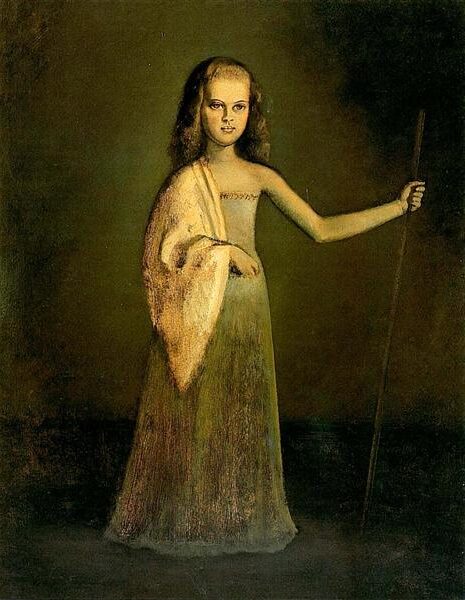
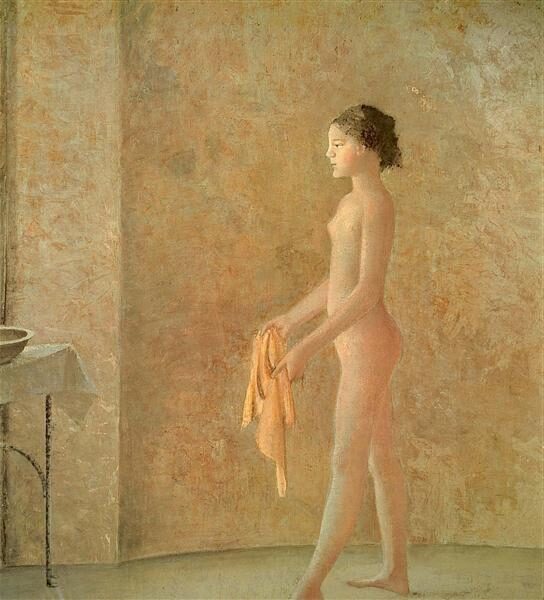
Later, Balthus married Setsuko Ideta, a Japanese artist, which introduced new cultural influences into his life and work. They settled in Rossinière, Switzerland, where he continued to paint and explore new ideas. Setsuko’s heritage added an exotic dimension to Balthus’s lifestyle and allowed him to explore Japanese themes and styles in his art.
His personal relationships were often mirrored in his art, becoming a tapestry of varied influences that added depth and richness to his work.
Frequently Asked Questions
Balthus was an influential painter known for his unique style and depiction of themes. His work has stirred both admiration and controversy. Many of his paintings are held in renowned art institutions.
Who was Balthus in the context of art history?
Balthus was a Polish-French modern artist, widely regarded for his realist style and depiction of adolescents. He challenged art conventions and remains a significant figure in 20th-century art.
What are the most notable characteristics of Balthus’s painting style?
Balthus’s paintings are known for their dreamlike quality and precise detail. He often featured pubescent girls in his work, creating a mix of innocence and tension. His style reflects influences from classical art.
Where can one view Balthus’s most influential works?
His paintings are displayed in several prominent museums. The Museum of Modern Art (MoMA) in New York and the Louvre in Paris house some of his notable works.
How have Balthus’s paintings been received by art critics?
Art critics have had mixed reactions to Balthus’s work. While some praise his skill and originality, others criticize the provocative themes. Nonetheless, he holds a respected place in art history.
Can you describe the themes depicted in ‘The Street’ by Balthus?
‘The Street’ by Balthus showcases a city scene with figures seemingly frozen in time. It captures mundane moments with an eerie stillness, highlighting the tension between reality and imagination.
Known influences on Balthus’s artistic development
Balthus was influenced by Renaissance artists and the Surrealist movement. His upbringing in an artistic family also played a role in shaping his unique style. His style combines classical references with modern themes.

